The presence of fire extinguishers within offices is not just a necessity for ensuring the safety of employees and visitors, it’s a legal requirement codified in British law. Understanding and adhering to the relevant UK laws and regulations is critical for business owners and facility managers to maintain a safe working environment and to be in compliance with legal standards.
UK Fire Extinguisher Regulations
Overview of the Regulatory Reform (Fire Safety) Order 2005 (RRO)
The Regulatory Reform (Fire Safety) Order 2005, often known simply as the RRO, is the cornerstone of fire safety regulation in the UK. The order consolidated and simplified previous fire safety legislation and applies to all non-domestic premises, including offices.
Coverage of Non-domestic Premises
Under the RRO, the responsibility for ensuring that an office complies with fire safety regulations lies with the ‘responsible person’, usually the employer or the owner of the premises. It is incumbent upon them to undertake regular fire risk assessments and to implement and maintain appropriate fire safety measures.
Fire Extinguisher Requirements and Recommendations
The RRO mandates the provision of suitable firefighting equipment. This includes fire extinguishers that should be fit for the purpose of tackling the types of fires that may erupt within any given office environment.
Types of Fire Extinguishers for Offices
Class A Fire Extinguishers for Solid Combustibles
Offices commonly house materials like wood, paper, and fabric, which are classified as Class A fire risks. Water extinguishers are most suitable for putting out these kinds of fires.
CO2 Extinguishers for Electrical Fires
With the proliferation of electrical devices in modern offices, CO2 extinguishers are necessary for safely extinguishing fires that involve electrical equipment.
Other Types of Extinguishers for Specific Hazards
Depending on the other specific hazards present in an office, additional types of extinguishers, such as foam, dry powder, or wet chemical, may be required to address these risks properly.
Minimum Number of Extinguishers in Office Buildings
Requirement for at Least Two Class A Extinguishers on Each Floor
As per the British Standards (BS 5306), offices are required to have a minimum of two Class A extinguishers on every floor.
Exceptions for Very Small Premises
Very small premises with negligible fire risks may not require the full complement of extinguishers typically necessary for larger spaces.
Calculation for the Number of Extinguishers Based on Floor Area
The number of fire extinguishers required within an office space is also determined by the floor area, with additional extinguishers needed per 200 square meters of floor space.
Placement and Installation of Extinguishers
Location of Extinguishers Near Exits and Fire Alarm Call-points
Extinguishers should be conspicuously placed near exits and fire alarm call-points to ensure easy access during an emergency.
The 30-meter Rule for Accessibility
The rule of thumb is that any point in an office should not be more than 30 meters away from a fire extinguisher, ensuring that they are within a reasonable distance from anywhere in the building.
Placement of Specialized Extinguishers for Specific Fire Hazards
Extinguishers designed to tackle specific hazards should be located near the source of the potential fire risk.
Mounting and Signage Requirements
Fire extinguishers should be properly mounted, and appropriate signage should be installed to indicate the extinguisher’s location and type.
Commissioning and Servicing of Extinguishers
Importance of Commissioning by a Competent Person
Newly acquired fire extinguishers should be commissioned by a person with the appropriate competence to ensure that they are fit for use.
Annual Servicing Requirements
Regular servicing on an annual basis is critical to ensure that extinguishers remain in working order.
Fire Extinguisher Service Checklist
Servicing should involve checks on the extinguisher’s body, hose, nozzle, and safety pin, as well as ensuring the pressure is at the recommended level.
Records and Evidence of Servicing
It’s important to maintain records of servicing as proof of compliance with fire safety regulations.
Replacement and Refilling of Extinguishers
Testing and Replacement Recommendations
Extinguishers should be periodically tested, and those that are found defective ought to be replaced promptly.
Discharge and Disposal Considerations
Proper procedures must be followed for discharged or expired extinguishers to ensure safe disposal.
Refilling Versus Replacement Options
Depending on the condition of the extinguisher, it may be more economically prudent to refill rather than replace it.
Purchasing and Compliance with Regulations
Considerations When Buying Extinguishers Online
Purchasing extinguishers online can be convenient, but buyers must ensure that the products meet UK standards.
Importance of Compliance with UK Regulations
Non-compliance can lead to legal consequences and, more importantly, can compromise the safety of those within the premises.
Recommended Steps for Purchasing and Maintaining Extinguishers
Seeking advice from fire safety professionals and referring to British Standards can assist in making the right decisions when purchasing and maintaining fire extinguishers.


Leave a Reply